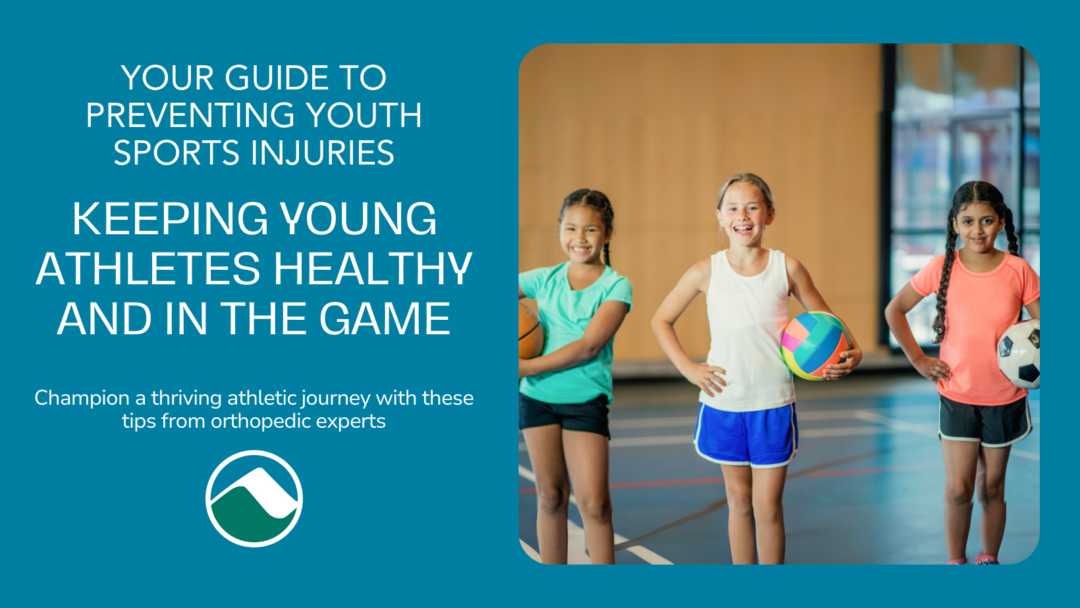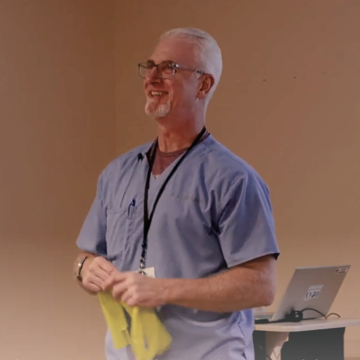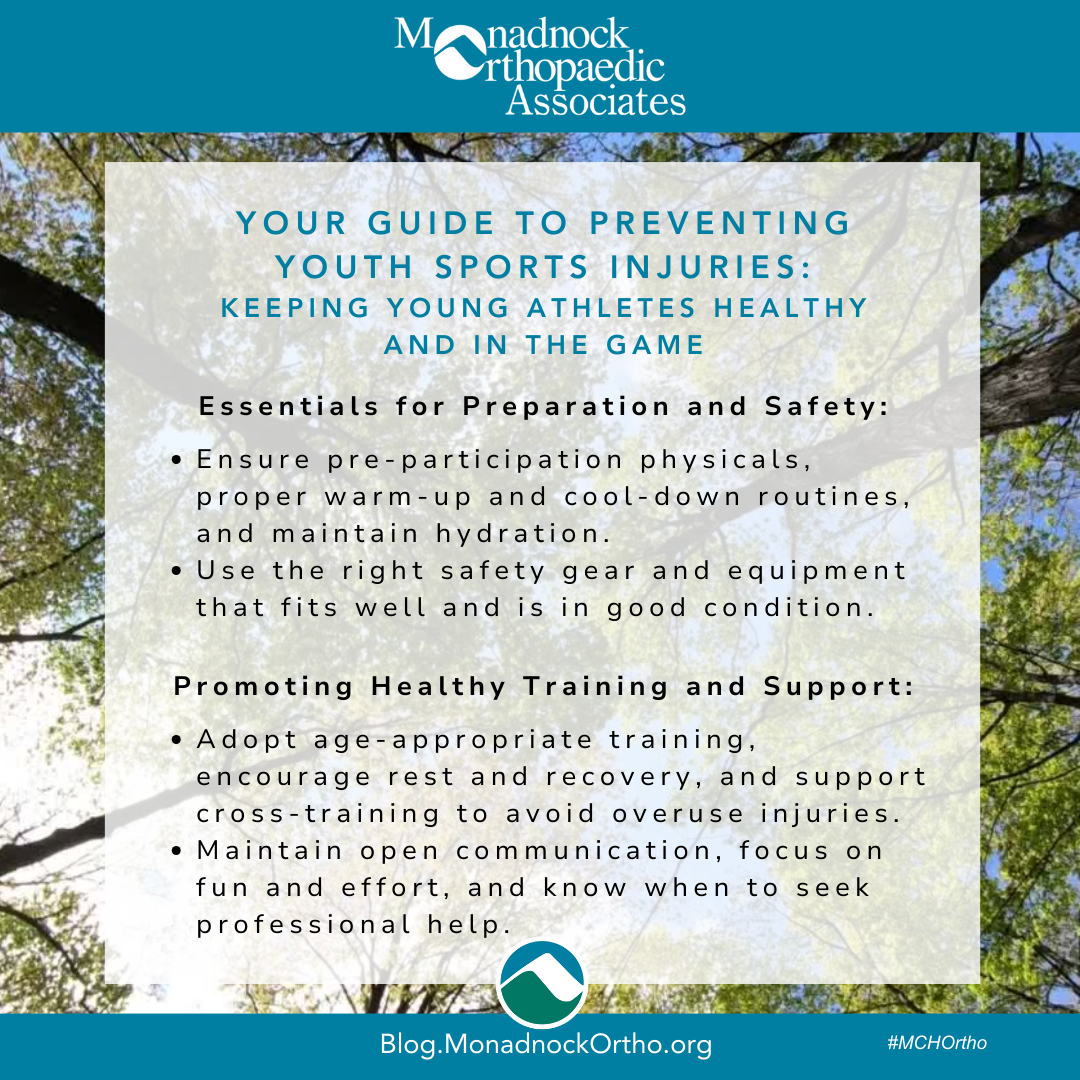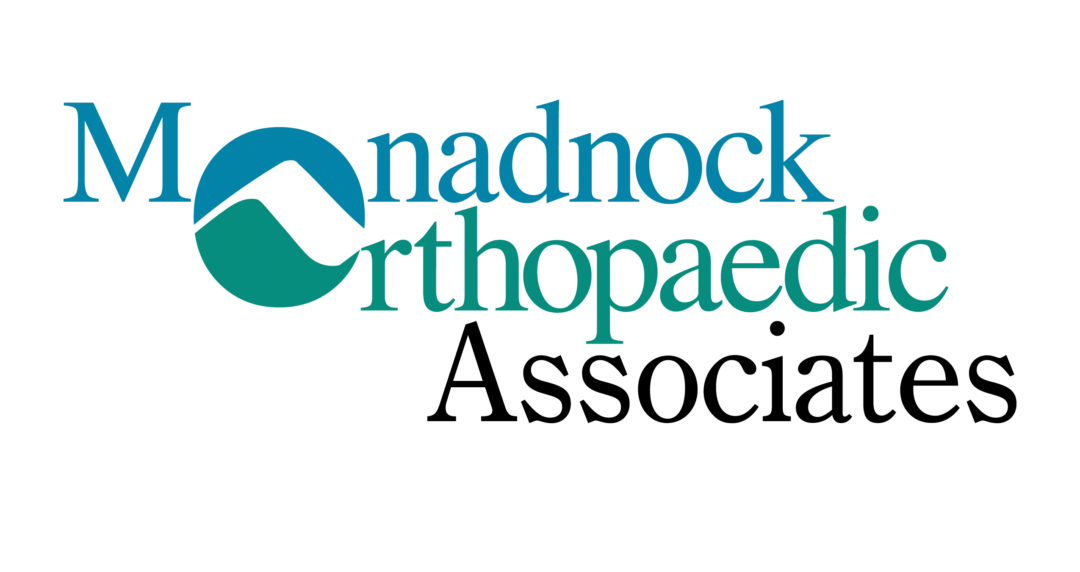Guide to Preventing Youth Sports Injuries: Keeping Young Athletes Healthy


Seeing our kids embrace the joy of sports is truly heart warming. But as parents, we also know the flip side: the worry about potential injuries. While bumps and bruises are part of the game, preventable injuries can sideline young athletes and dampen their love for the sport.
At Monadnock Orthopaedic Associates, we’re here to help you champion your child’s athletic journey, both on and off the field. Here are some essential tips for parents to prevent sports injuries in young athletes:
The Importance of Prevention:
For young athletes, sports offer not just physical activity but also invaluable lessons in teamwork, discipline, training and resilience. However, the thrill of competition comes with the risk of injuries, both acute and overuse. As parents, educators, and clinicians, it’s our collective responsibility to create a safe environment that allows our young athletes to flourish while minimizing the risk of injuries.
Proper Preparation is Key:
- Pre-participation physicals: Ensure your child gets a thorough checkup from a doctor before starting any new sport. This helps identify and address any pre-existing conditions that could increase injury risk.
Learn more about The Preparticipation Physical Evaluation from The American Family Physician - Warm-up and cool-down: Every practice and game should begin with dynamic stretches and light activity to warm up the muscles. Similarly, finishing with cool-down stretches helps prevent muscle soreness and injuries and improves flexibility.
Learn more about Flexibility Exercises for Young Athletes from The American College of Orthopedic Surgeons - Hydration is essential: Make sure your child stays hydrated throughout the day, especially during practice and games. Dehydration can lead to fatigue, muscle cramps, and even heatstroke.
Learn more about Sports and Hydration for Athletes from Johns Hopkins Medicine
Age-Appropriate Training Programs:
- Age and development: Ensure that training programs are tailored to your child’s age and developmental stage.
- Keep it steady: Avoid overloading young athletes with excessive training intensity or duration especially if they are skeletally immature.
Gear Up for Safety:
- Safety gear: Teach your child the importance of wearing helmets, pads, and other safety equipment consistently.
- Right equipment: Invest in well-fitting, age-appropriate equipment that provides proper protection for the specific sport. This includes helmets, pads, shoes, and mouth guards.
- Wear and tear matters: Regularly inspect equipment for cracks, tears, or worn-out parts. Replace damaged gear promptly to ensure optimal protection.
- Comfort counts: Encourage your child to wear clothes that are breathable and allow for full range of motion.
- Proper fit: Invest in quality, properly fitting protective gear relevant to the sport.
Champion Smart Training:
- Listen to your child: Encourage open communication and pay attention to any pain or discomfort they express. Pushing through pain can worsen injuries.
- No burnout: Overtraining can lead to fatigue and increase the risk of injuries. Ensure your child takes breaks and avoids playing multiple sports year-round without proper rest. REST is an important part of training that is often overlooked. Muscles rebuild and grow during this period.
- Learn the game: Proper technique and form are essential for preventing injuries. Encourage your child to learn the fundamentals of the sport from qualified coaches and avoid shortcuts or bad habits. Successful athletes spend as much time physically training as they do working on sport specific strategy, rules, technique and fundamentals.
Hydration and Nutrition:
- Continual hydration: Emphasize the significance of staying hydrated before, during, and after sports activities.
- Nutritious diet: Encourage a balanced diet rich in nutrients to support overall health and muscle recovery.
Learn more about Optimal Nutrition for Youth Athletes from National Youth Sports Health and Safety Institute (under Nutrition, pdf)
Rest and Recovery:
- Ensure adequate rest: Educate young athletes about the necessity of adequate rest between training sessions and competitions.
- Avoid fatigue: Monitor for signs of fatigue or overtraining and encourage open communication about how they feel. A loss in performance can be a sign of overtraining.
Encourage Cross-Training:
- Avoid overuse: Support participation in a variety of sports to prevent overuse injuries associated with repetitive movements.
- Enhance athleticism: Cross-training enhances overall athleticism and reduces the risk of specific sport-related injuries.
Be a Positive Supporter:
- Focus on effort and fun: Celebrate your child’s efforts and sportsmanship, not just winning or losing. Keep the emphasis on enjoying the game and creating positive memories.
- Open communication: Maintain open communication with your child and their coach. Discuss any concerns you have about their training or playing style.
- Know when to seek help: If you suspect an injury, don’t hesitate to consult a doctor or sports medicine specialist. Early diagnosis and intervention can prevent further complications.
As parents, we play a pivotal role in shaping the athletic experiences of our children. By prioritizing preventive measures, we not only reduce the risk of sports injuries but also cultivate a lifelong love for physical activity. Monadnock Community Hospital’s Orthopedic Office is here to support you on this journey, providing expertise, resources, and a commitment to the well-being of our young athletes.
Remember, preventing sports injuries is a team effort. By working together with your child, their coach, and healthcare professionals, you can help them stay healthy and active, allowing them to shine on the field and beyond.
Monadnock Orthopaedic Associates is committed to supporting young athletes in our community. We offer a comprehensive range of pediatric orthopedic services, including injury prevention programs, sports injury evaluation and treatment, and rehabilitation. Contact us today to learn more about how we can help your child thrive on their athletic journey.
Stay well,
Dr. Shawn P. Harrington, MD, FAAPMR
Sports Medicine trained at the Mayo Clinic, Rochester, MN


Why Choose Monadnock Orthopaedic Associates?
Our board-certified specialists combine decades of experience with training from prestigious institutions like the Mayo Clinic. We offer comprehensive orthopedic care using advanced techniques and technology, all while providing personalized attention. At Monadnock Orthopaedic Associates, we’re committed to getting you back to pain-free living as quickly as possible with expert, compassionate care tailored to your unique needs. Choose us for expert care that’s close to home, where your well-being is our highest priority.
 Monadnock Orthopaedic Associates
Monadnock Orthopaedic Associates
Monadnock Community Hospital
Bond Wellness Center Suite 200
458 Old Street Road
Peterborough, NH 03458
Phone: 603-924-2144
Fax: 603-924-3993
Array
(
[section_title] =>
[section_text] =>
[posts_selection] => auto_taxonomy_terms
[section_posts] => Array
(
[0] => WP_Post Object
(
[ID] => 40690
[post_author] => 9192204
[post_date] => 2025-09-22 10:31:18
[post_date_gmt] => 2025-09-22 14:31:18
[post_content] =>
[post_title] => National Children’s Health Day: 5 Ways to Keep Kids Growing Strong
[post_excerpt] =>
[post_status] => publish
[comment_status] => closed
[ping_status] => closed
[post_password] =>
[post_name] => childrens-health-2025
[to_ping] =>
[pinged] =>
[post_modified] => 2025-09-10 15:35:51
[post_modified_gmt] => 2025-09-10 19:35:51
[post_content_filtered] =>
[post_parent] => 0
[guid] => https://monadnockcommunityhospital.com/?p=40690
[menu_order] => 0
[post_type] => post
[post_mime_type] =>
[comment_count] => 0
[filter] => raw
)
[1] => WP_Post Object
(
[ID] => 40706
[post_author] => 9192204
[post_date] => 2025-09-03 14:09:40
[post_date_gmt] => 2025-09-03 18:09:40
[post_content] =>
[post_title] => In the news: Dr. Shawn Harrington completes Leadership Program
[post_excerpt] =>
[post_status] => publish
[comment_status] => closed
[ping_status] => closed
[post_password] =>
[post_name] => news-harrington-leadership-2025
[to_ping] =>
[pinged] =>
[post_modified] => 2025-09-10 15:30:30
[post_modified_gmt] => 2025-09-10 19:30:30
[post_content_filtered] =>
[post_parent] => 0
[guid] => https://monadnockcommunityhospital.com/?p=40706
[menu_order] => 0
[post_type] => post
[post_mime_type] =>
[comment_count] => 0
[filter] => raw
)
[2] => WP_Post Object
(
[ID] => 40632
[post_author] => 9192204
[post_date] => 2025-08-19 13:06:29
[post_date_gmt] => 2025-08-19 17:06:29
[post_content] =>
[post_title] => Back to School Health Tips for Kids: Hygiene, Sleep & More
[post_excerpt] =>
[post_status] => publish
[comment_status] => closed
[ping_status] => closed
[post_password] =>
[post_name] => back-to-school-2025
[to_ping] =>
[pinged] =>
[post_modified] => 2025-08-27 11:07:42
[post_modified_gmt] => 2025-08-27 15:07:42
[post_content_filtered] =>
[post_parent] => 0
[guid] => https://monadnockcommunityhospital.com/?p=40632
[menu_order] => 0
[post_type] => post
[post_mime_type] =>
[comment_count] => 0
[filter] => raw
)
[3] => WP_Post Object
(
[ID] => 40095
[post_author] => 9192204
[post_date] => 2025-05-01 02:45:57
[post_date_gmt] => 2025-05-01 06:45:57
[post_content] =>
[post_title] => Enhancing our Clinical Offerings
[post_excerpt] =>
[post_status] => publish
[comment_status] => closed
[ping_status] => closed
[post_password] =>
[post_name] => clinical-offerings-2025
[to_ping] =>
[pinged] =>
[post_modified] => 2025-09-10 15:23:27
[post_modified_gmt] => 2025-09-10 19:23:27
[post_content_filtered] =>
[post_parent] => 0
[guid] => https://monadnockcommunityhospital.com/?p=40095
[menu_order] => 0
[post_type] => post
[post_mime_type] =>
[comment_count] => 0
[filter] => raw
)
[4] => WP_Post Object
(
[ID] => 39693
[post_author] => 9192204
[post_date] => 2025-01-05 09:59:13
[post_date_gmt] => 2025-01-05 14:59:13
[post_content] =>
[post_title] => Reflecting on a Year of Care: Stories of Compassion and Community
[post_excerpt] =>
[post_status] => publish
[comment_status] => closed
[ping_status] => closed
[post_password] =>
[post_name] => celebrating-2024-compassionate-care-stories
[to_ping] =>
[pinged] =>
[post_modified] => 2025-09-10 15:36:18
[post_modified_gmt] => 2025-09-10 19:36:18
[post_content_filtered] =>
[post_parent] => 0
[guid] => https://monadnockcommunityhospital.com/patient-stories-copy/
[menu_order] => 0
[post_type] => post
[post_mime_type] =>
[comment_count] => 0
[filter] => raw
)
[5] => WP_Post Object
(
[ID] => 39144
[post_author] => 9192204
[post_date] => 2024-12-05 07:30:17
[post_date_gmt] => 2024-12-05 12:30:17
[post_content] =>
[post_title] => Skiing Strengthening: Get Your Body Ready for a Safe and Enjoyable Ski Season
[post_excerpt] =>
[post_status] => publish
[comment_status] => closed
[ping_status] => closed
[post_password] =>
[post_name] => skiing-strength-training-exercises
[to_ping] =>
[pinged] =>
[post_modified] => 2025-09-10 15:36:25
[post_modified_gmt] => 2025-09-10 19:36:25
[post_content_filtered] =>
[post_parent] => 0
[guid] => https://monadnockcommunityhospital.com/common-sports-injuries-copy/
[menu_order] => 0
[post_type] => post
[post_mime_type] =>
[comment_count] => 0
[filter] => raw
)
[6] => WP_Post Object
(
[ID] => 39615
[post_author] => 9192204
[post_date] => 2024-12-04 17:43:37
[post_date_gmt] => 2024-12-04 22:43:37
[post_content] =>
[post_title] => Children's Health Services at Monadnock Community Hospital
[post_excerpt] =>
[post_status] => publish
[comment_status] => closed
[ping_status] => closed
[post_password] =>
[post_name] => childrens-health-at-mch
[to_ping] =>
[pinged] =>
[post_modified] => 2025-08-27 11:07:24
[post_modified_gmt] => 2025-08-27 15:07:24
[post_content_filtered] =>
[post_parent] => 0
[guid] => https://monadnockcommunityhospital.com/womens-health-at-mch-copy/
[menu_order] => 0
[post_type] => post
[post_mime_type] =>
[comment_count] => 0
[filter] => raw
)
[7] => WP_Post Object
(
[ID] => 39139
[post_author] => 9192204
[post_date] => 2024-11-11 07:44:47
[post_date_gmt] => 2024-11-11 12:44:47
[post_content] =>
[post_title] => Common Sports Injuries Treated at Monadnock Orthopaedic Associates
[post_excerpt] =>
[post_status] => publish
[comment_status] => closed
[ping_status] => closed
[post_password] =>
[post_name] => common-sports-injuries
[to_ping] =>
[pinged] =>
[post_modified] => 2025-08-22 17:31:55
[post_modified_gmt] => 2025-08-22 21:31:55
[post_content_filtered] =>
[post_parent] => 0
[guid] => https://monadnockcommunityhospital.com/preventing-sports-injuries-in-athletes-copy/
[menu_order] => 0
[post_type] => post
[post_mime_type] =>
[comment_count] => 0
[filter] => raw
)
[8] => WP_Post Object
(
[ID] => 38596
[post_author] => 9192204
[post_date] => 2024-10-14 07:46:45
[post_date_gmt] => 2024-10-14 11:46:45
[post_content] =>
[post_title] => Preventing Injuries During Exercise: Tips and Strategies for Preventing Sports Injuries
[post_excerpt] =>
[post_status] => publish
[comment_status] => closed
[ping_status] => closed
[post_password] =>
[post_name] => preventing-sports-injuries-in-athletes
[to_ping] =>
[pinged] =>
[post_modified] => 2025-09-10 15:35:58
[post_modified_gmt] => 2025-09-10 19:35:58
[post_content_filtered] =>
[post_parent] => 0
[guid] => https://monadnockcommunityhospital.com/guide-to-preventing-youth-sports-injuries-copy/
[menu_order] => 0
[post_type] => post
[post_mime_type] =>
[comment_count] => 0
[filter] => raw
)
[9] => WP_Post Object
(
[ID] => 39081
[post_author] => 9192204
[post_date] => 2024-09-18 18:10:52
[post_date_gmt] => 2024-09-18 22:10:52
[post_content] =>
[post_title] => Video: Fitness for Life Seminar Video
[post_excerpt] =>
[post_status] => publish
[comment_status] => closed
[ping_status] => closed
[post_password] =>
[post_name] => fitness-for-life-seminar-video-2024
[to_ping] =>
[pinged] =>
[post_modified] => 2025-09-10 15:45:18
[post_modified_gmt] => 2025-09-10 19:45:18
[post_content_filtered] =>
[post_parent] => 0
[guid] => https://monadnockcommunityhospital.com/opioid-free-seminar-video-2024-copy/
[menu_order] => 0
[post_type] => post
[post_mime_type] =>
[comment_count] => 0
[filter] => raw
)
[10] => WP_Post Object
(
[ID] => 38604
[post_author] => 9192204
[post_date] => 2024-09-16 08:16:40
[post_date_gmt] => 2024-09-16 12:16:40
[post_content] =>
[post_title] => Orthopedic Care for Young Athletes: Injury Prevention and Recovery
[post_excerpt] =>
[post_status] => publish
[comment_status] => closed
[ping_status] => closed
[post_password] =>
[post_name] => orthopedic-care-for-common-injuries
[to_ping] =>
[pinged] =>
[post_modified] => 2025-09-10 15:35:50
[post_modified_gmt] => 2025-09-10 19:35:50
[post_content_filtered] =>
[post_parent] => 0
[guid] => https://monadnockcommunityhospital.com/?p=38604
[menu_order] => 0
[post_type] => post
[post_mime_type] =>
[comment_count] => 0
[filter] => raw
)
[11] => WP_Post Object
(
[ID] => 38609
[post_author] => 9192204
[post_date] => 2024-08-19 08:56:22
[post_date_gmt] => 2024-08-19 12:56:22
[post_content] =>
[post_title] => Sports Injuries: Your Path to Recovery with Orthopedic Care
[post_excerpt] =>
[post_status] => publish
[comment_status] => closed
[ping_status] => closed
[post_password] =>
[post_name] => sports-injury-recovery-with-orthopedic-care
[to_ping] =>
[pinged] =>
[post_modified] => 2025-09-10 15:36:29
[post_modified_gmt] => 2025-09-10 19:36:29
[post_content_filtered] =>
[post_parent] => 0
[guid] => https://monadnockcommunityhospital.com/?p=38609
[menu_order] => 0
[post_type] => post
[post_mime_type] =>
[comment_count] => 0
[filter] => raw
)
)
[posts_limit] => 12
[post_type] => post
[taxonomy] => tag
[terms] => harrington, children, sports medicine
[section_id] => post-grid-3
)
